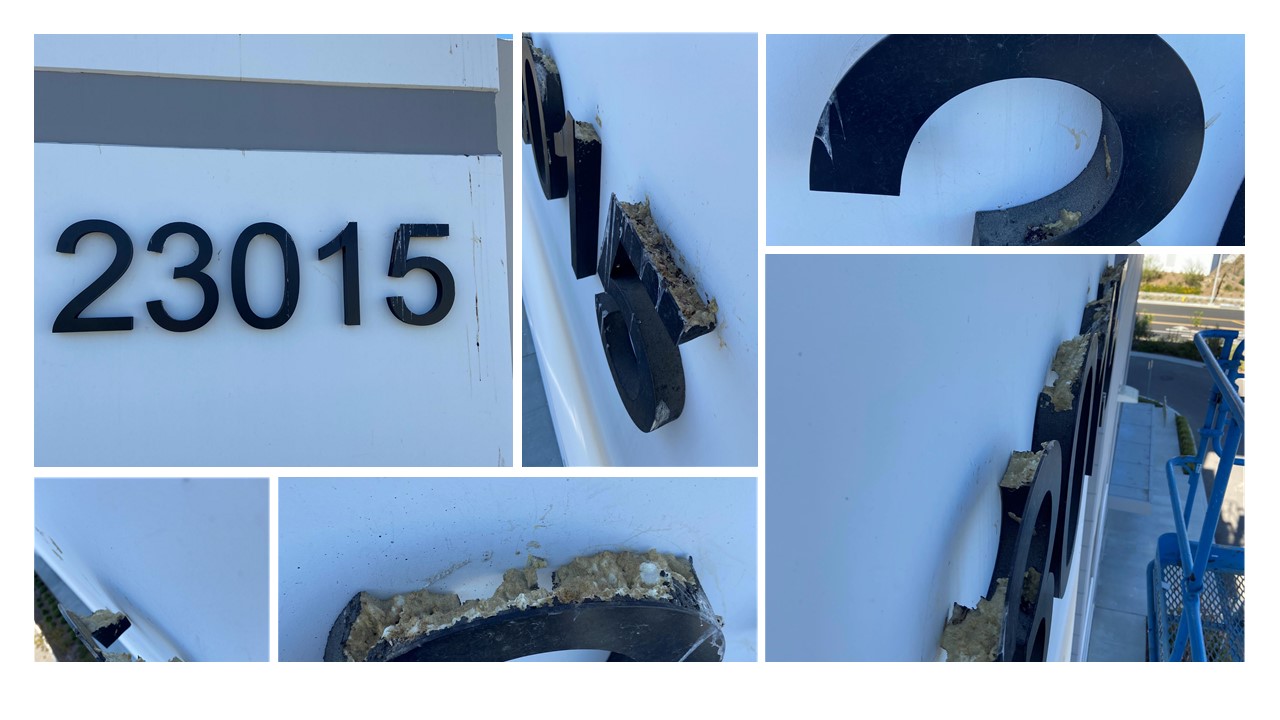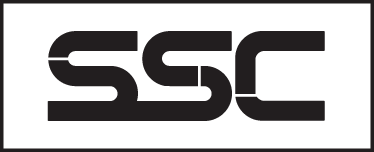There are several advantages to using foam for signage. Foam is light making it less complicated and costly to install, it comes in varying thicknesses so foam can be used to add three dimensional depth to signage, it is more economical compared to metal materials and it has a nice professional appearance when it is new. Visually most people can’t identify material types just by looking at them making foam a suitable substitute for other materials especially when price is a driving decision making factor.

The primary downside of using foam for exterior applications like street address numbers is that it can attract critters and birds. Not only can the three dimensional depth offer birds a landing pad, in some instances it also offers them something to peck at. New foam formulations take this into consideration by adding ingredients that make it distasteful for birds. With this in mind, it’s still worth evaluating while considering material options. Although metal signage (typically aluminum) is higher priced, overall aesthetics will remain consistent over time and you will never have to be concerned with the kind of degradation that can occur with foam.
With the exception of building address numbers which are typically painted black, we do not usually recommend using foam with acrylic laminate faces for exterior signage for the following reasons:
- Although the initial capital outlay is lower, foam and acrylic signage that is exposed to above average temperatures and extreme UV light do not stand up to the elements as well as aluminum, they have a shorter anticipated life expectancy.
- Painted foam and acrylic (especially bright colors) fades much quicker than painted aluminum in the California sunshine.
With these factors in mind, for business intending to be at a location for five plus years especially if the presentation of corporate image is critical to them it makes sense economically to choose painted aluminum over foam and acrylic.



